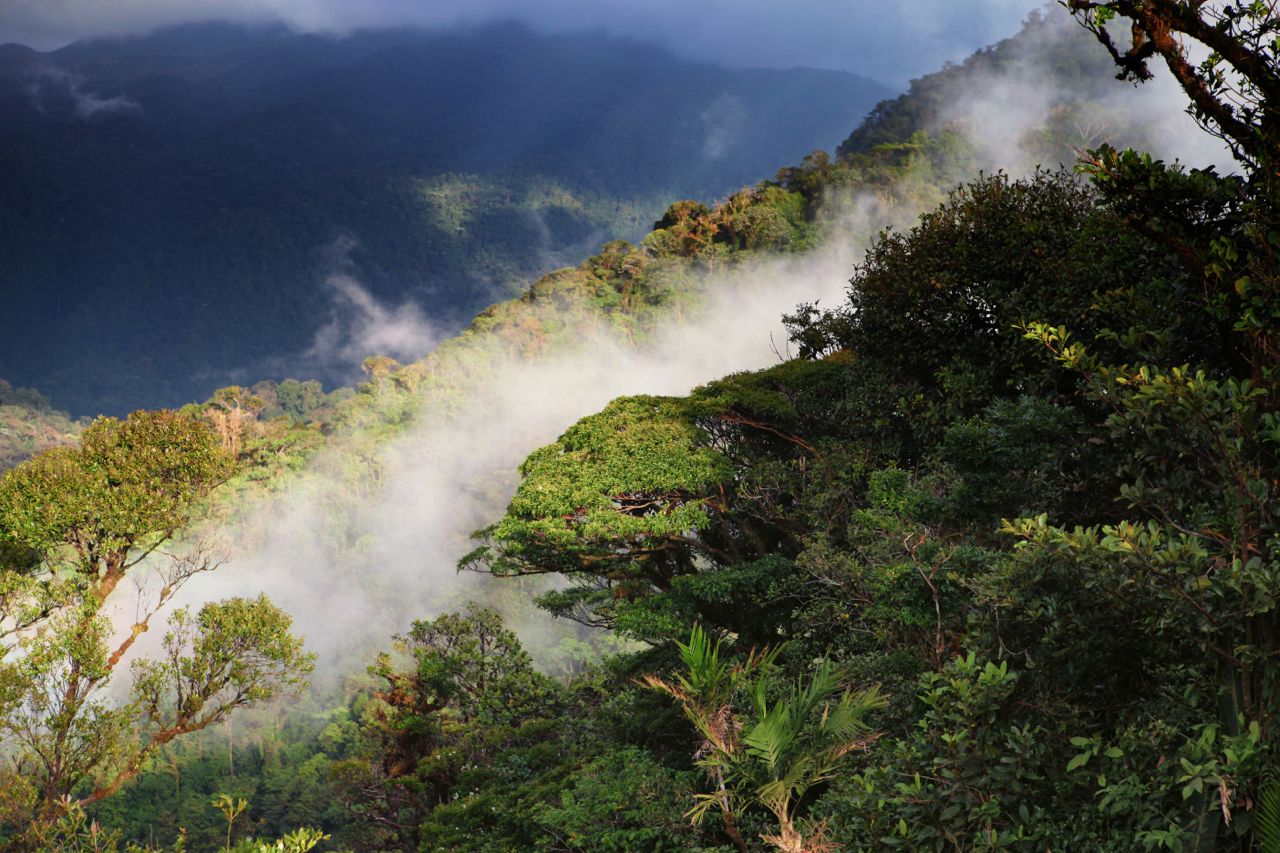Golden Toad
Kingdom:
Animalia
Class:Amphibia
Order: Anura
Family: Bufonidae
Scientific name: Incilius
Periglenes
The
Golden Toad, Bufo Periflenes, has been extinct since 1989. It was a small,
brightly colored toad that was abundant in tropical forests above Monteverde,
Costa Rica.
HABITAT:
- The cloud forest in Monteverde was the only known habitat for the golden toad and it spans 35,089 acres.
- Monteverde relies on a thick veil of low-hanging clouds to provide moisture to the tropical forest during the dry season of January through April.
DEMOGRAPHICS:
- In 1960, golden toads were first found during the mating season in which a few hundred males would gather around small ponds and wait for the females to join them. In 1987 an American herbalist and ecologist was fascinating by the species and got a grant to study them more the next year. However, by 1988 only ten golden toads were found, none of which were breeding and by 1989 only one golden toad was recorded.
- Males were almost two inches long and unlike most toads, they had a bright orange skin color. The females were slightly larger and a lark olive color with scarlet spots that are encircled by a yellow ring.
- The lack of a voice heard in the golden toad indicates the mates dependency of visual cues, which explains their brilliant coloring.
- There is sexual dimorphism in which the snout length, salivary gland width, and arm and hind limb lengths are larger in males than in females.
- As most amphibians, the golden toad relied on smaller inter vertebrates, flies, and insects.
- Golden toads had no known predators due to sharp claws under their front paws. They also had a small population so no larger animal relied on the golden toads as a major food source. Their bright coloring also portrayed poisonous attributes that caused many potential predators to steer clear.
CAUSES OF EXTINCTION:
1. Climate change- The increasing number of dry days has radically changed the climate since the 1970’s and caused increased temperatures. As amphibians, the golden toads are very sensitive to environmental disruptions because they rely on land and water, are predators and prey and have permeable skin. The Climatic Research Unit at the University of East Anglia says, “climate change may already be altering the ecology of the Monterverde cloud forest in Costa Rica”. The tropical rain forest relies on moisture, which is gotten from low clouds; however, climate change has caused a much drier atmosphere, inhibiting many toad species from surviving in their homes.
2. Pollution- Pollution from industrial factories has caused the ozone layer to become much thinner, leading to an increase in the sun’s ray temperature. This causes more permeation of the Monteverde clouds, leading to a warmer and less habitable climate. Since the golden toads are amphibians, they need a very particular environment, but the pollution made it too hot for a habitable environment. Industrial pollution also causes acid rain which leads to acidification in many bodies of water where amphibians largely occur.
3. Chytridiomycosis- A fungus that thrives in warmer climates and can cause convulsions, skin loss, and amphibian deaths. Due to climate change, Monteverde was suffering from warmer climates and the golden toad was especially vulnerable because of its limited habitat and relatively small population.
4. El Nino- The eradication of the golden toad coincided with a huge El Nino in Costa Rica where the climate was especially hot and dry. This climate was not ideal for the golden toads and made it much less habitable.
While there is no agreed upon explanation of the eradication of the Golden Toads, most believe that a combination of these factors caused their pitfall.
RECOVERY PLAN:
The beauty and rarity of the golden toad was used to create to the Monteverde Cloud Forest Preserve in 1972, saving many other endangered species. However, the combination of climate change, and pollution were most detrimental to the golden toad. The high temperatures caused changes in the habitat, making it unlivable for the toads. Amphibian species all over the world are declining and it is important for protection of the ecosystem to save amphibians. Amphibians will largely benefit from the protection of their homes, the tropical rainforests. This would include controlling pesticide and pollution use. It would also encompass a reduction in exotic animals, consequently shrinking exotic diseases and causing less competition. Despite the extinction of the golden toads, protection of rainforests all over the world will prevent similar species from suffering the same fate.
BIBLIOGRAPHY:









